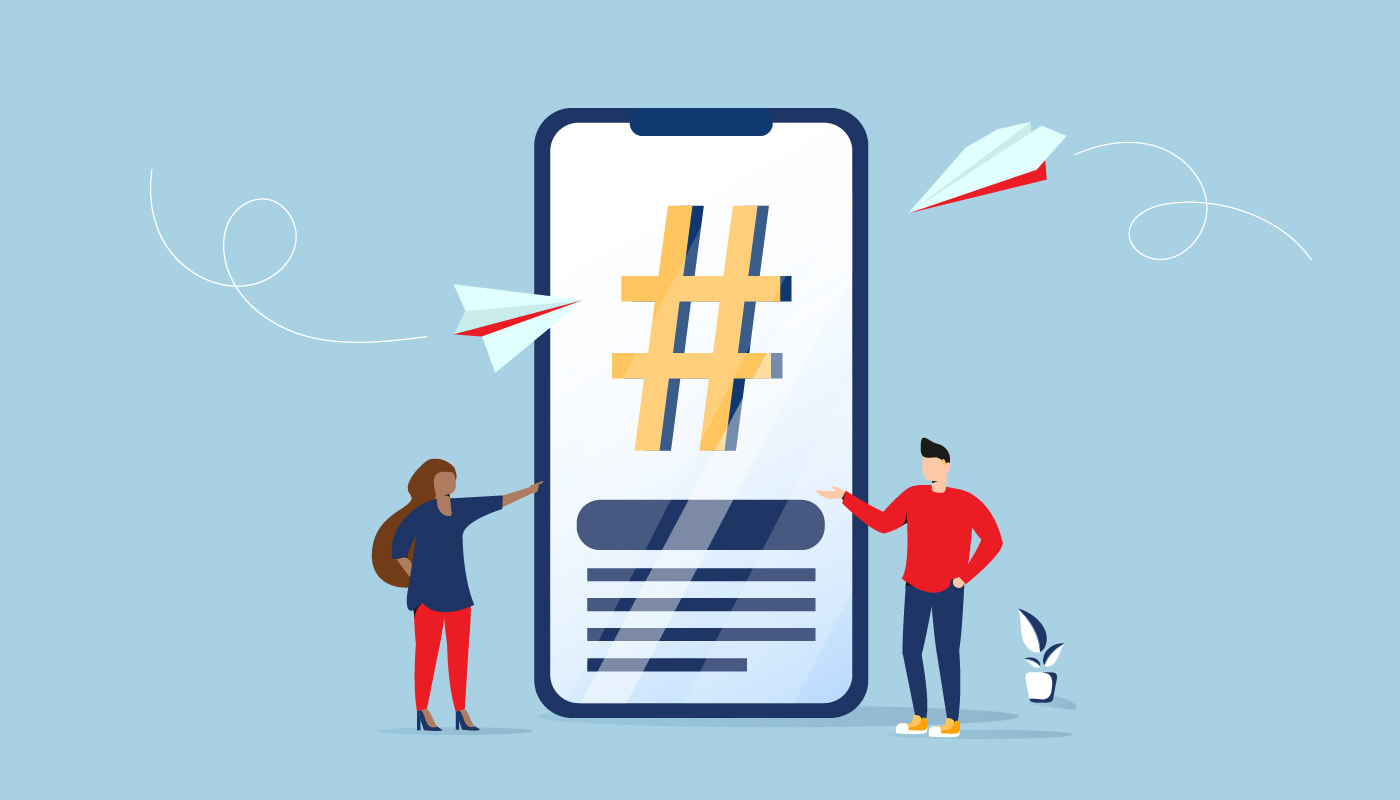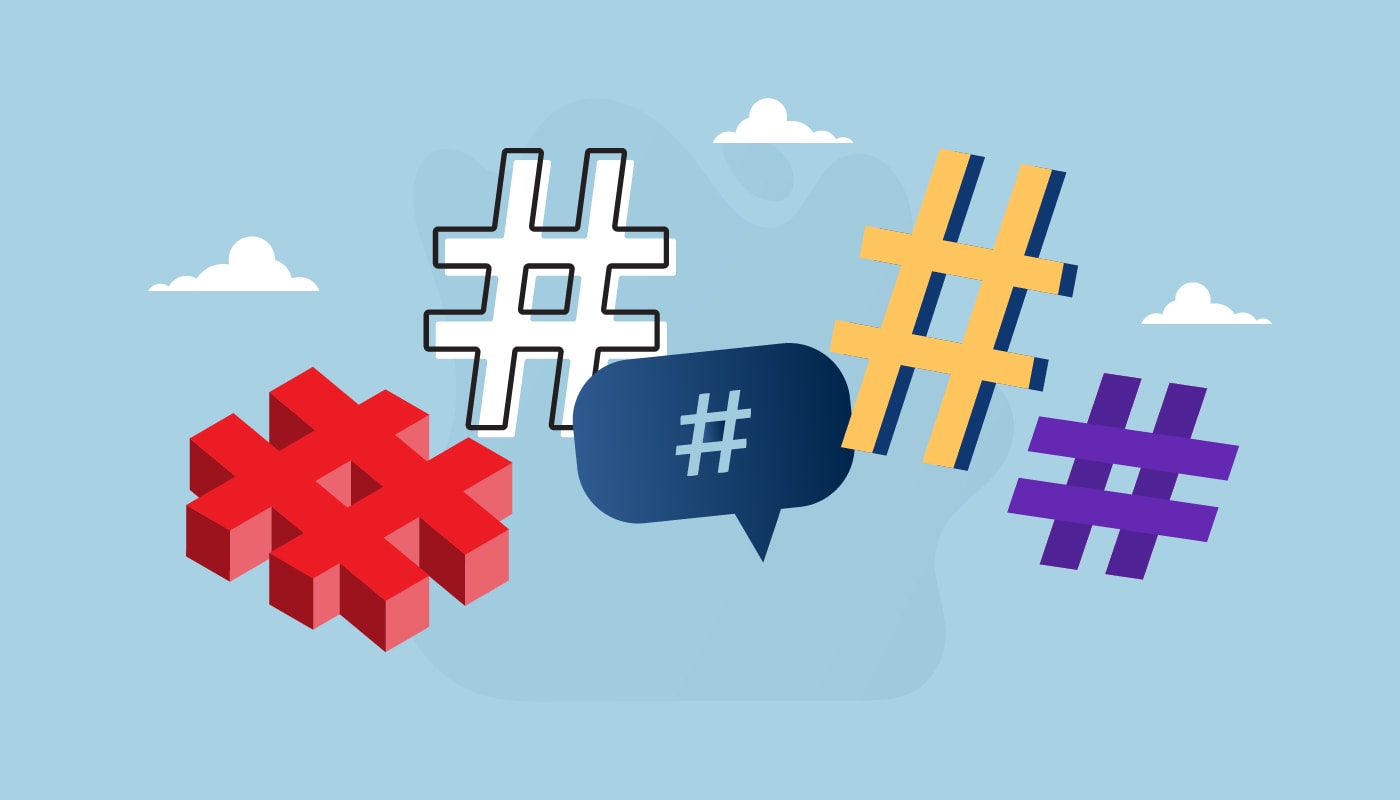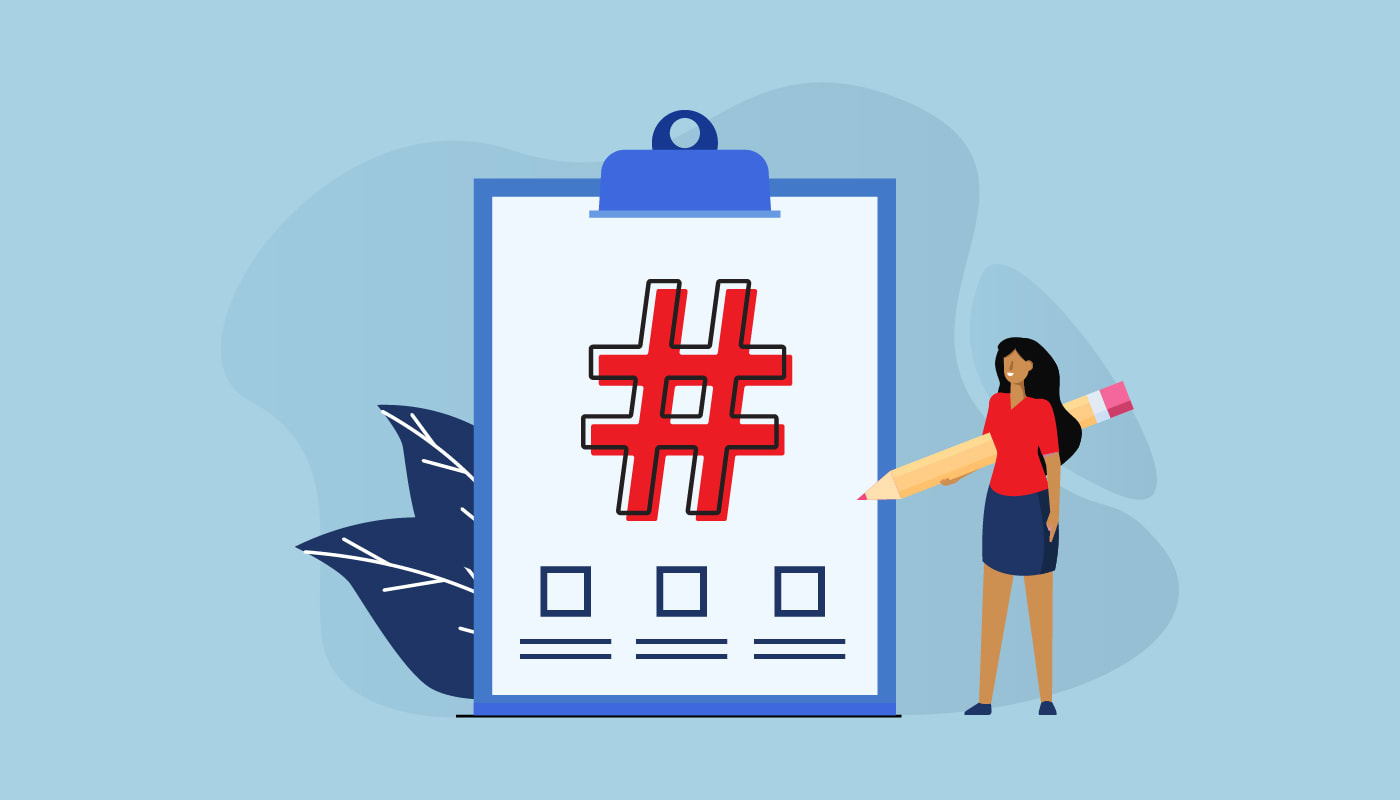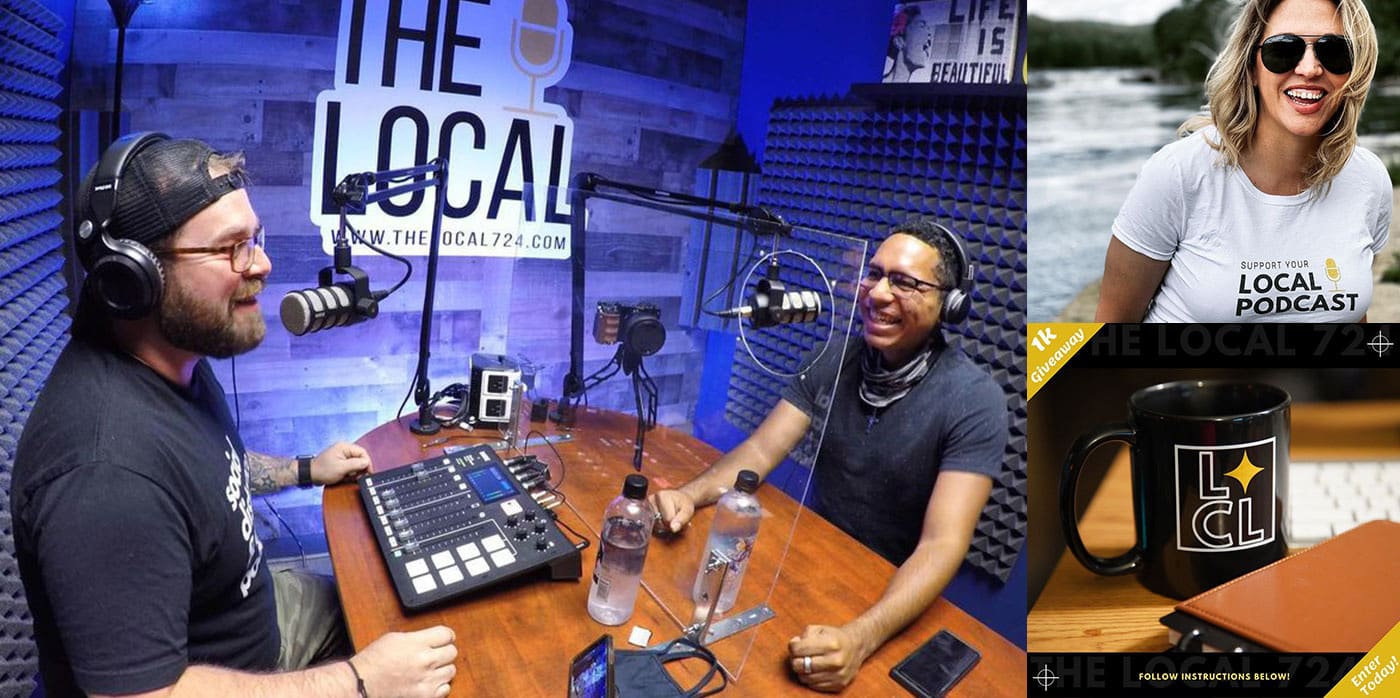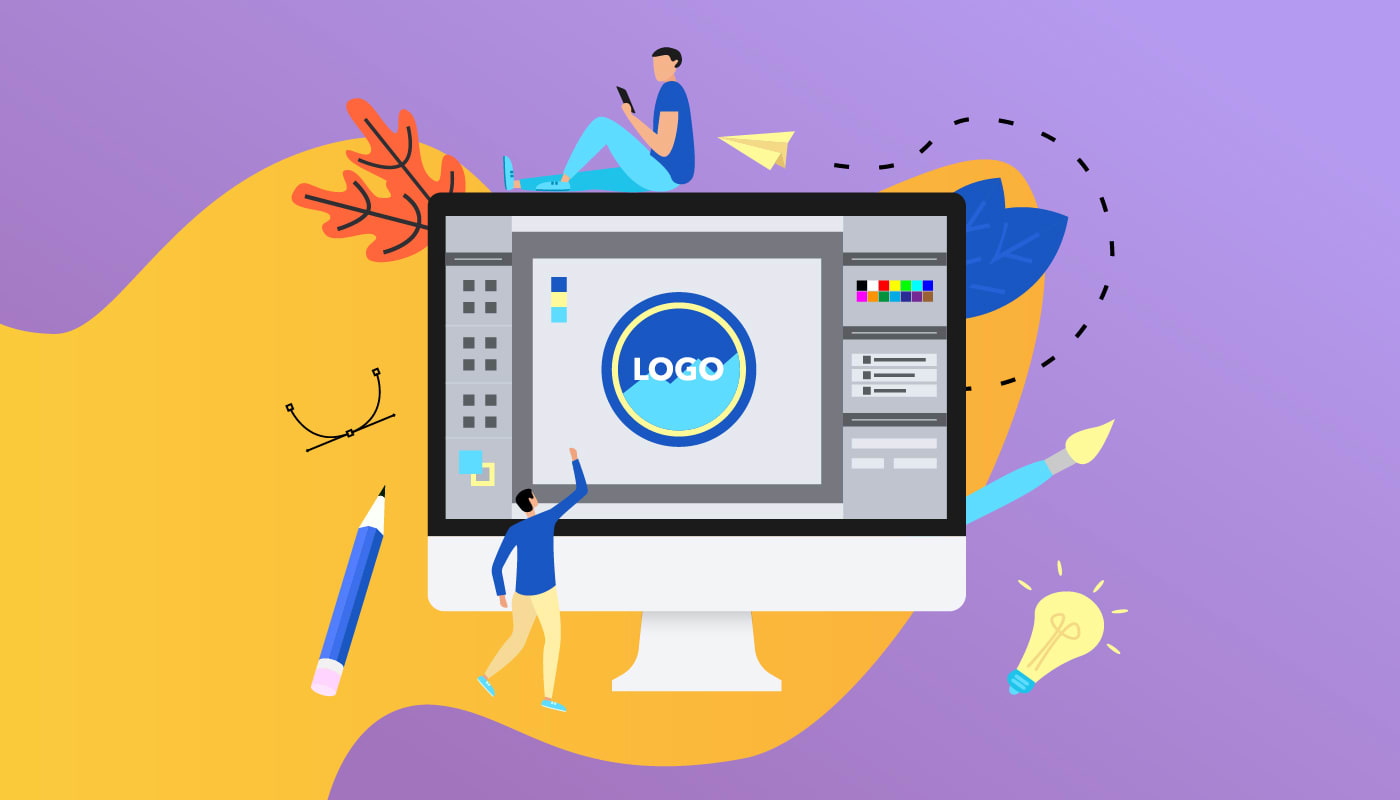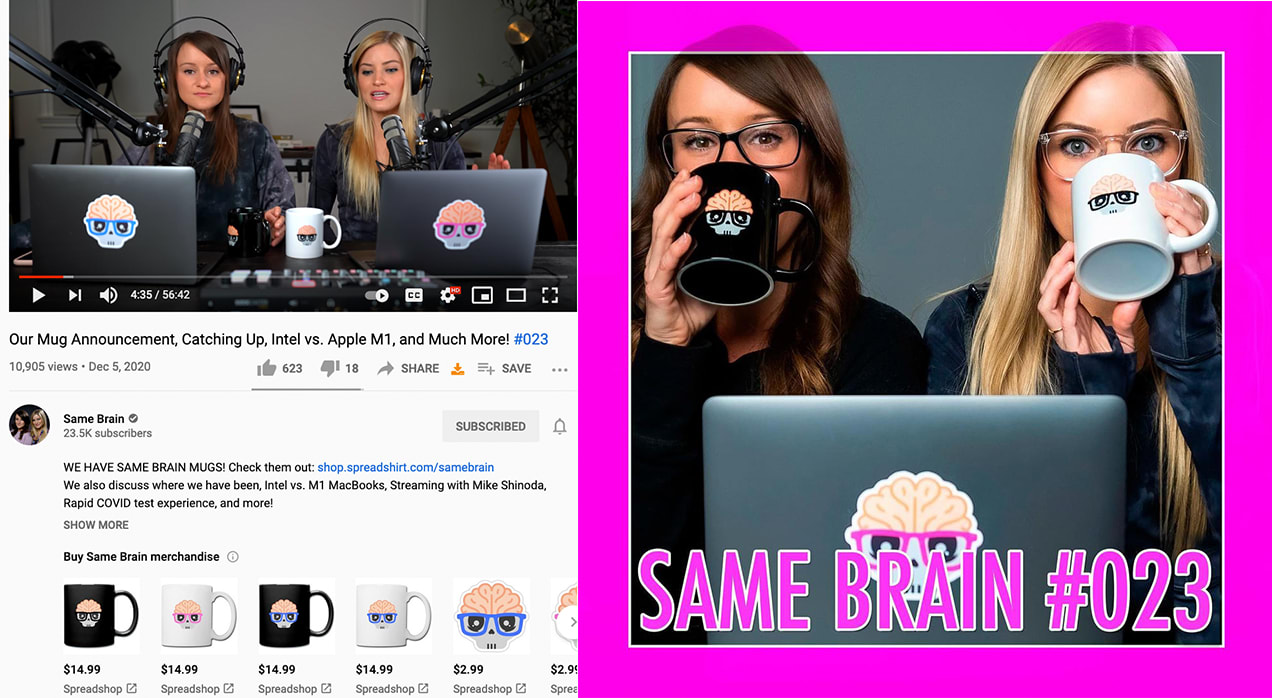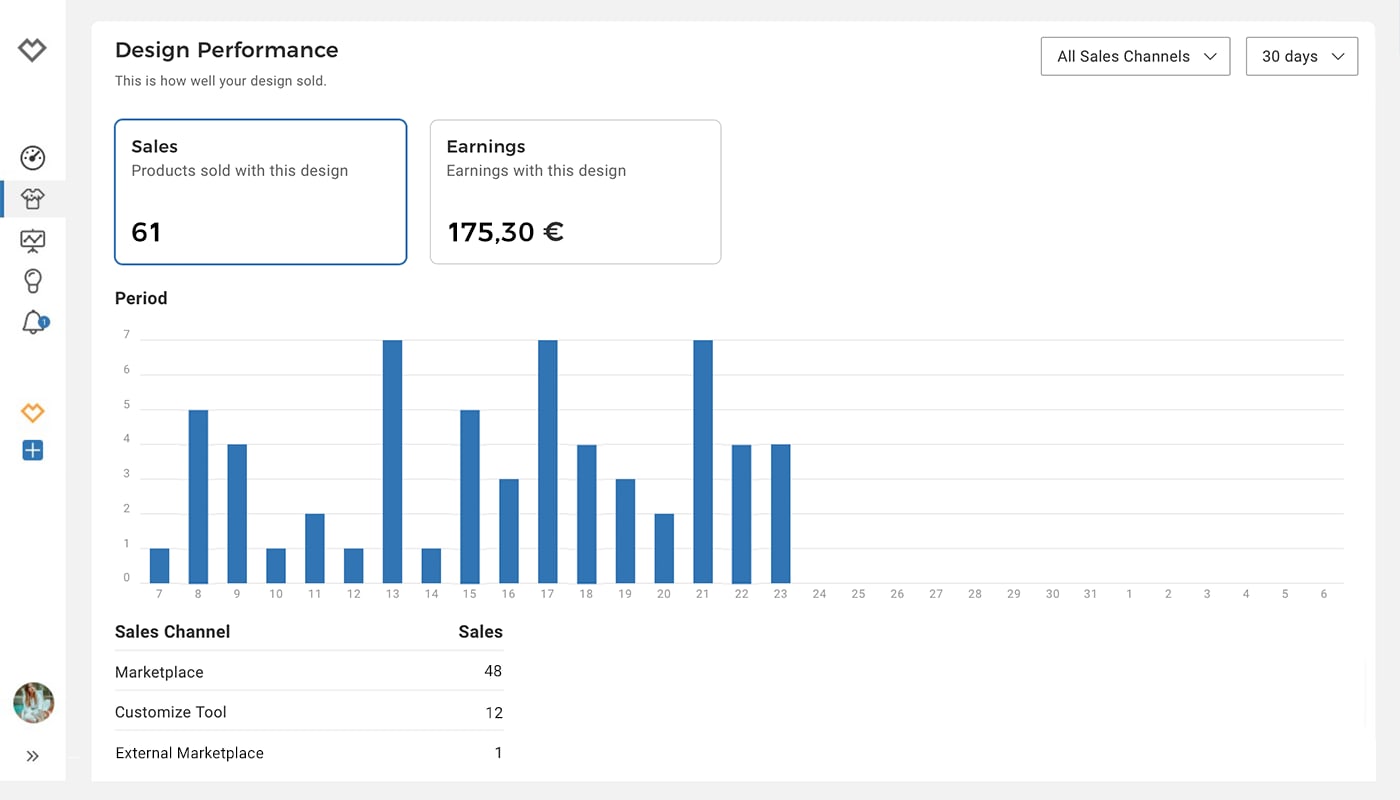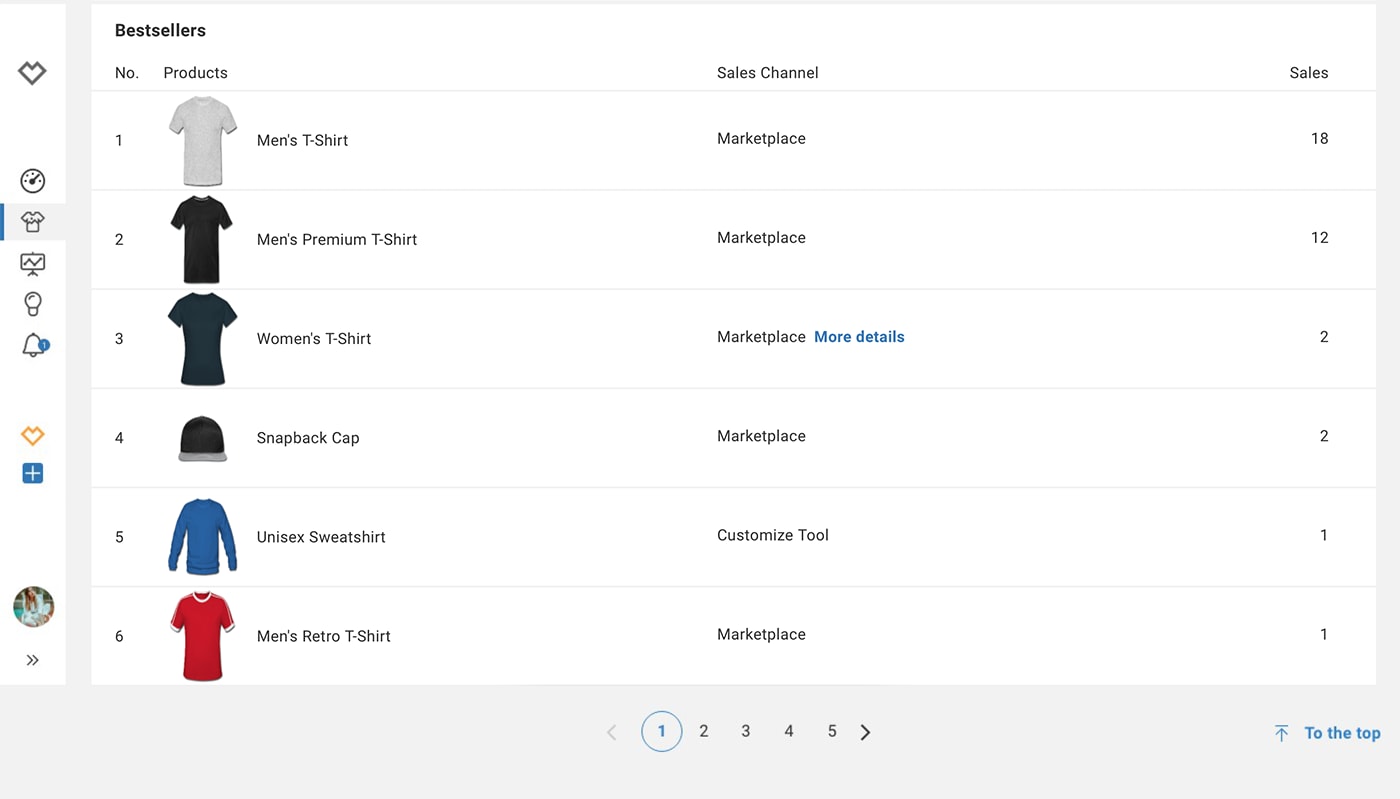Starting a business from the ground up can be pretty overwhelming. There’s all kinds of logistical things to think about: maybe it’s rent, inventory, processing, hiring, etc. One thing that shouldn’t be a headache: making merch. You might think, “Why do I need merch for my business?” But the benefits of making merch for your business go way beyond the face value of a t-shirt.
As a small business, branding is crucial in making you a recognizable and reliable source. An identifiable logo and possible tagline is something you should already have or be actively thinking about. Turning that into a wearable design will increase awareness in your own community and make you a more trusted source when people are talking about your business, or finding out about it for the first time.
Use For Employee Uniforms
IMAGE – Employees crowded together wearing merch
This is probably the most obvious reason why you would want to have your own merch.
You want to give your employees and company a cohesive look. If your employees are wearing mismatched everyday clothes, customers won’t be able to identify them and be able to go to them for service; no matter how relaxed and laid back your work environment supposedly is.
Maybe you already have a design in the can that you want to use. If not, take the time to map out possible lettering, images, and messaging you want to use to represent your business. If the creative process becomes draining, take a break, reassess, tweak ideas along the way; that way you’ll feel ready before you upload your final design into Spreadshop.
So, how can this merch tie into your small business’s message?
A business like All Saints Brewing Company has managed to make their employee uniforms feel stylized and specific while not being in your face about it. Fresh Beer is Better – All Saint: that’s what’s on their t-shirts. It tells you everything you need to know about their mission.
All Saints is a craft micro-brewery in Greensburg, PA not far from Pittsburgh that is focused on making high quality, good tasting craft beer with Western PA pride and passion behind everything they do.
They’re passionate about the craft beer community. By saying “fresh beer is better,” they’re asking you to taste it to see the difference and the care they put into it, but they don’t say in a way that feels obnoxious or self-important.
[IMAGE OF SOMEONE IN ALL SAINTS MERCH]
Everything can be tied back to that one phrase you see their employees wearing in the brewery.
That’s something to think about for your merch. How can you translate your business’s message and goals in different ways? This may help with your merch design or just your business strategy in general.
Another great thing that All Saints does to increase brand awareness is have their merch displayed in-house. If someone makes a comment about their t-shirt, or is really into craft beer and what they’re doing, an employee can just direct them to purchase a shirt hanging up on the wall.
Their environment and messaging have all been enhanced by the shirts they’re wearing, and given their employees a cohesive look that feels authentic.
Brand Awareness
IMAGE – People interested in your merch
When you have your logo and messaging down, you can start to build awareness for your brand through your merch. And it doesn’t matter where you are in your business journey.
Small businesses come in all shapes and sizes. You can just be starting, or have a long-standing history with an audience or area, like Papa Gino’s.
Papa Gino’s is a pizza restaurant chain with nearly 100 restaurants across New England. They started their restaurant as far back as 1968, but didn’t get into the merch game until recently.
The people of New England have a longstanding relationship with their brand. Papa Gino’s has been there for them through important life moments and milestones: childhood birthdays, high school graduation, family reunions, etc. And maybe they want to show that love in their clothing.
[INSERT IMAGE OF SHOP PAGE]
Using Spreadshop, Papa Gino’s has given their longtime customers an opportunity to show their support for their business in more ways than one.
They sell traditional logo shirts, merch celebrating their 60th birthday, toddler wear, water bottles, aprons, even Holiday themed pajamas.
They wouldn’t have had the opportunity to sell so many different kinds of merch anywhere else but Spreadshop. And all of this just adds value to their brand.
But you don’t have to be as established as Papa Gino’s to have a shop like this. Since it costs you nothing to have these designs on a site readily available to your customers, why not do it?
Direct family and friends to your shop to buy merch so they can wear it in their everyday lives and spread the word. Showcase it on your businesses social media to let people know what’s available and a different way they can support and help grow your business.
It will make you feel more confident when you go out into the world to sell your business. They’ll be impressed that you took the time to implement something like a merch shop for your customers. It shows how passionate you are about your small business and the potential and see for it to grow.
Market Your Products in a Creative Way
IMAGE – Person with a business networking?
Don’t think your business model translates into wearable designs? You can still keep the vibe of your business and a sense of self even if it might not seem as obvious.
Take Stephanie, for example. She runs an Etsy shop called Minerva Thirteen where she sells handmade, contemporary jewelry. Her personal style and the feel of her pieces are eclectic and all capture the kind of woman she wants to be and the business she wants to have.
When she started her Spreadshop, she was able to take creative ideas that didn’t seem like they would translate from jewelry making, but worked due to the feel of the designs and the way she marketed them.
Stephanie used the same banner she has on her Etsy page for Spreadshop and tied the designs into that kind of motif.
[IMAGE OF PERSON IN MERCH FROM IG]
One of her designs is a dagger surrounded by roses with the words Minerva 13 in a banner around it. Another shows two fists bumping together with a tattooed M on one and a tattooed 13 on the other.
Stephanie herself rocks tattoos and has a distinct edgy style. She’s able to bring in different elements of her personality that she can’t normally show in her jewelry making business through these merch options.
Another signature design from her (the Minerva Thirteen logo) actually ties in the jewelry element in a unique way: a tattooed hand with pointy fingernails reaching for a lightning bolt, wearing rings and bracelets.
That’s pretty much everything about Stephanie’s personality there: the individuality, the edginess, the creativity, the punk rock attitude of it all.
Don’t get yourself so set in the mindset that your merch has to be an exact replication of your business. You can use designs that evoke the style and feel of your business in a way that lets people know more about you like Stephanie did.
Seize the opportunity to tell more of your story.
Unique Promotional Tool
IMAGE – Person wearing SCP merch doing parkour
It doesn’t matter what area your small business falls into – there’s a way to market it on social media. For some small businesses, it might be more clear depending on the field they’re in.
Steel City Parkour knows their niche well. They’re Pittsburgh’s first and only strictly Parkour and obstacle course training gym. In their gym, they have trampolines, constructed ledges, and giant walls for people to hone their Parkour skills on, and even offer classes for different ages and skill sets.
With such an expressive medium, their merch is perfect for people who do Parkour and film themselves. People can take these videos of them wearing merch and doing Parkour at the gym or in real world environments, post them, and then tag Steel City Parkour on their Instagram.
This makes for a more interactive experience that can help promote the business to interested people in the Parkour community.
You can take this concept and you use it for your business, even if it’s not as physical like Parkour.
Own a cupcake business?
Wear one of your shirts and film a baking tutorial that you can post on all your channels: Spreadshop, website, socials.
Have an online shop for vintage clothing?
Have someone take photographs or film you going to thrift stores and estate sales searching for those treasures while you’re wearing your merch.
You want to think of things visually and how your business can best be represented – and lifted up – by embracing the interactivity of social media.
Having merch related to your small business is going to impact you personally and professionally on different levels. You’ll feel more authentic when you tell your story. People will be able to connect with you in a deeper, more meaningful way. Your brand will be seen as professional and passionate and you’ll be able to connect with new clients or customers with added confidence.

